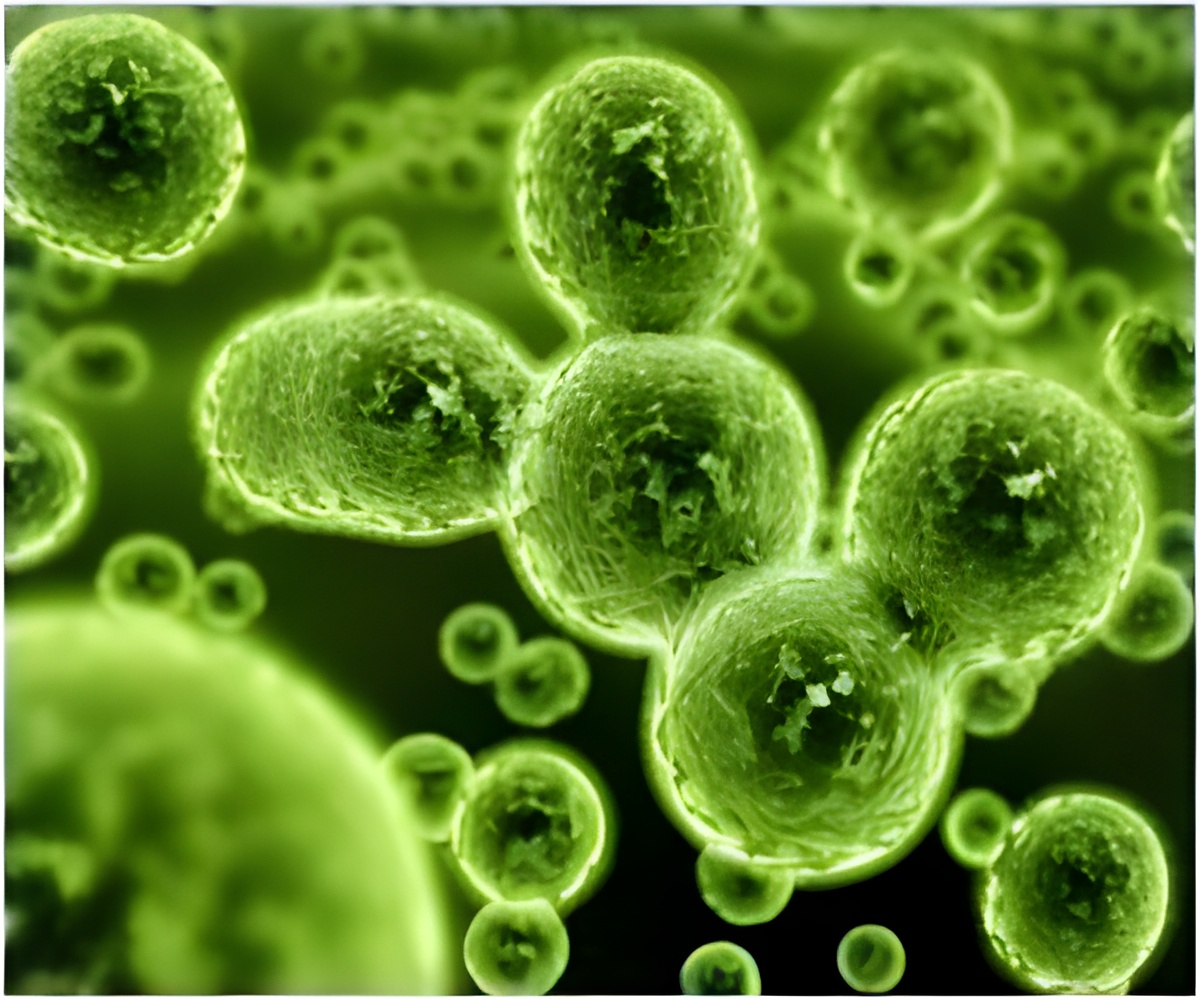Hadesarchaea were first discovered from a South African gold mine at a depth of over three km and were later found in different aquatic and terrestrial environments.

‘A new class of microbes called ‘Hadesarchaea’ have the ability to live in areas devoid of oxygen and are able to survive by using carbon monoxide to gain energy.’





These microbes that can only be seen in a microscope have been named "Hadesarchaea", after the ancient Greek god of the underworld, said lead author of the study Brett Baker, assistant professor at the University of Texas at Austin, US. The researchers first discovered the organisms from a South African gold mine at a depth of over three km. They also found these microbes in vastly different aquatic and terrestrial environments - the deep mud of a temperate estuary in North Carolina and underneath hot springs at Yellowstone National Park in Wyoming, US.
The findings were published in the journal Nature Microbiology.
Micro-organisms that live below the surface of the earth remain one of the last great areas of exploration. Organisms that live there have not been grown in the laboratory and therefore their lifestyles are unknown.
As its name suggests, the Hadesarchaea belong to a relatively unknown group of micro-organisms, the archaea. Like bacteria, archaea are single-celled and microscopically small, but from an evolutionary perspective, they differ more from each other than a human does from a tree, the researchers said..
Advertisement
The discovery of the Hadesarchaea will help us increase our understanding of the biology and lifestyle of archaea that thrive in the deep biosphere, Thijs Ettema from Uppsala University in Sweden said.
They were able to determine how these microbes should be classified and what physiologies they use to survive under these extreme conditions.
Hadesarchaea have the ability to live in areas devoid of oxygen and the scientists suggest that they are able to survive there by using carbon monoxide to gain energy.
Interestingly, the chemical pathways the Hadesarchaea cells use to metabolize carbon monoxide are unique to what has been seen before, the study said.
Source-IANS









